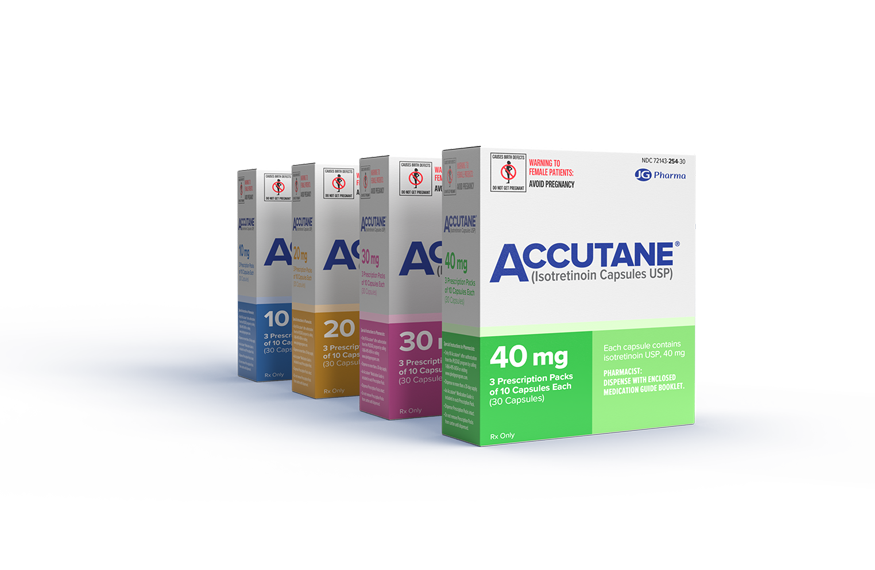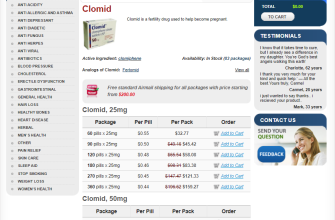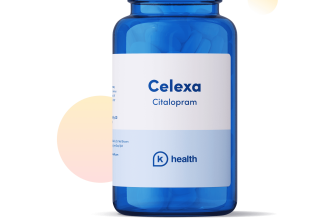Seek guidance from a dermatologist. They’ll assess your skin condition, determine if Roaccutane is right for you, and manage your treatment. This includes prescribing the medication and monitoring your progress throughout the course.
Your dermatologist will provide a prescription. With this prescription, you can fill it at a participating pharmacy. Compare prices at different pharmacies to find the best option for you. Be aware that insurance coverage can vary significantly.
Understand the potential side effects. Roaccutane is a powerful medication, and side effects are possible. Open communication with your doctor is crucial for addressing any concerns or complications that may arise during your treatment. Regular check-ups are standard practice.
Remember: Never attempt to obtain Roaccutane without a prescription. Buying medication from unverified sources is risky and can result in counterfeit or unsafe drugs. Your health and safety should always be your priority.
This information is for guidance only and does not constitute medical advice. Always consult with a healthcare professional before starting any medication.
- How to Order Roaccutane in the USA
- The Prescription Process
- Understanding iPledge
- Cost and Insurance
- Finding a Dermatologist and Getting a Prescription
- Understanding the iPledge Program and its Requirements
- Registration and Blood Tests
- Monthly Reporting Requirements
- Contraception Requirements
- Reporting Methods
- Consequences of Non-Compliance
- Additional Information
- Understanding the Costs
- Filling Your Prescription and Obtaining the Medication
- Understanding Your Costs
- Managing Side Effects and Monitoring Your Progress
- Addressing Specific Side Effects
How to Order Roaccutane in the USA
You can only obtain Roaccutane (isotretinoin) with a prescription from a dermatologist. Schedule an appointment for a consultation. Your dermatologist will assess your skin, medical history, and lifestyle to determine if Roaccutane is right for you. They will explain the potential side effects and necessary precautions.
The Prescription Process
After your consultation, if your dermatologist approves, they will write a prescription. You’ll then fill the prescription at a participating pharmacy. Ensure you understand the medication’s instructions and potential side effects. Regular follow-up appointments with your dermatologist are crucial for monitoring your progress and managing any side effects. The iPledge program is mandatory; your dermatologist will guide you through the enrollment process.
Understanding iPledge
iPledge is a risk management program requiring pregnancy tests and regular monitoring. This program helps ensure the safe use of Roaccutane. You’ll need to register with iPledge before you can receive the medication. Compliance with iPledge is non-negotiable.
Cost and Insurance
The cost of Roaccutane varies based on your dosage and insurance coverage. Discuss payment options with your dermatologist or pharmacy. Check with your insurance provider about coverage before your appointment. Many insurance plans cover Roaccutane, but co-pays and deductibles will still apply.
Finding a Dermatologist and Getting a Prescription
Begin your search for a dermatologist using online directories like Healthgrades or Zocdoc. Filter by location and specialization, specifically looking for board-certified dermatologists with experience treating acne. Read patient reviews to gauge their communication style and overall experience.
Schedule a consultation. During your appointment, be prepared to discuss your medical history, including any allergies or medications you’re currently taking. Bring clear photos of your acne, showcasing its severity and location. Your dermatologist will assess your skin and determine if Accutane is the right treatment option for you. They’ll explain the potential benefits, risks, and side effects in detail.
Understand that a blood test and pregnancy test (for women) are likely required before starting Accutane. Your dermatologist will explain the iPledge program, a risk management program mandated for Accutane prescriptions. This involves regular blood tests and monthly pregnancy tests (for women of childbearing age) to monitor potential side effects and ensure safe use. Discuss potential costs, including the cost of the medication and any associated tests and visits.
If Accutane is deemed appropriate, your dermatologist will provide a prescription. Be sure to ask questions and address any concerns before starting treatment. Follow their instructions precisely regarding dosage and follow-up appointments. Remember consistent adherence to the treatment plan is crucial for optimal results.
Understanding the iPledge Program and its Requirements
The iPledge program is mandatory for anyone prescribed isotretinoin (Accutane, Roaccutane). It’s designed to prevent birth defects. Before you even think about ordering, familiarize yourself with these key aspects.
Registration and Blood Tests
Register online at iPledge. You’ll need accurate personal information. You must agree to all program stipulations. Two pregnancy tests (one before starting and one monthly during treatment) are mandated. A blood test to determine your baseline lipid levels is also required.
Monthly Reporting Requirements
- Attend monthly follow-up appointments with your dermatologist.
- Report any potential side effects.
- Confirm your ongoing compliance with the program requirements.
Contraception Requirements
The iPledge program has strict rules about birth control. Two forms of effective contraception are usually required one month before starting isotretinoin, throughout treatment, and one month after treatment ends. These can include hormonal birth control, barrier methods (condoms, diaphragms), or abstinence. Your doctor will explain suitable options.
Reporting Methods
- Your dermatologist reports your treatment progress.
- You may need to report directly to iPledge. Check your registration confirmation for your method of reporting.
Consequences of Non-Compliance
Failure to comply with any aspect of iPledge can lead to your prescription being stopped. You may face penalties and lose access to isotretinoin treatment. Adherence is critical.
Additional Information
Contact your dermatologist for detailed information. They’ll guide you through the registration process and answer any questions you have about the program’s requirements. Consult the official iPledge website for the most up-to-date program guidelines.
Understanding the Costs
Keep in mind that participating in iPledge involves fees. These costs may vary depending on your location and the services provided by your dermatologist.
Filling Your Prescription and Obtaining the Medication
Find a pharmacy that accepts your insurance and is familiar with dispensing isotretinoin. Many pharmacies require pre-authorization from your insurance company, so contact them beforehand to expedite the process. Confirm the pharmacy has the medication in stock before your visit.
Understanding Your Costs
Inquire about the total cost before picking up your prescription. This includes the medication cost and any dispensing fees. Explore options like manufacturer coupons or patient assistance programs to potentially lower your out-of-pocket expenses. Check if your insurance covers the iPLEDGE program enrollment fees. This is crucial; without completing iPLEDGE, you cannot receive the medication.
During your first pickup, carefully review the iPLEDGE requirements. Adhere strictly to all blood test and pregnancy test stipulations. You’ll be required to make repeat visits for blood tests as part of the monitoring process. Your doctor will provide specific instructions; follow them meticulously.
Managing Side Effects and Monitoring Your Progress
Drink plenty of water – aim for at least eight glasses daily. This helps combat dryness, a common side effect. Use a gentle, fragrance-free moisturizer on your face and body regularly. Consider a lip balm with SPF to protect against sun damage and chapped lips. These simple steps significantly improve comfort.
Addressing Specific Side Effects
Dry eyes? Use lubricating eye drops frequently throughout the day, even if your eyes don’t feel dry. Joint pain? Report it to your dermatologist immediately. They might adjust your dosage or recommend pain relief. Increased cholesterol or triglyceride levels are also possible; regular blood tests monitor this.
Regular check-ups with your dermatologist are vital. These appointments allow for close monitoring of your progress and adjustment of your medication as needed. Bring a list of any side effects you experience. Your dermatologist will provide guidance specific to your situation and treatment plan.
Take before and after photos of your skin. Comparing these images can visually demonstrate your progress. Remember, results may vary, and patience is key. Consistent adherence to your prescribed treatment plan is crucial for achieving the best possible outcome.










